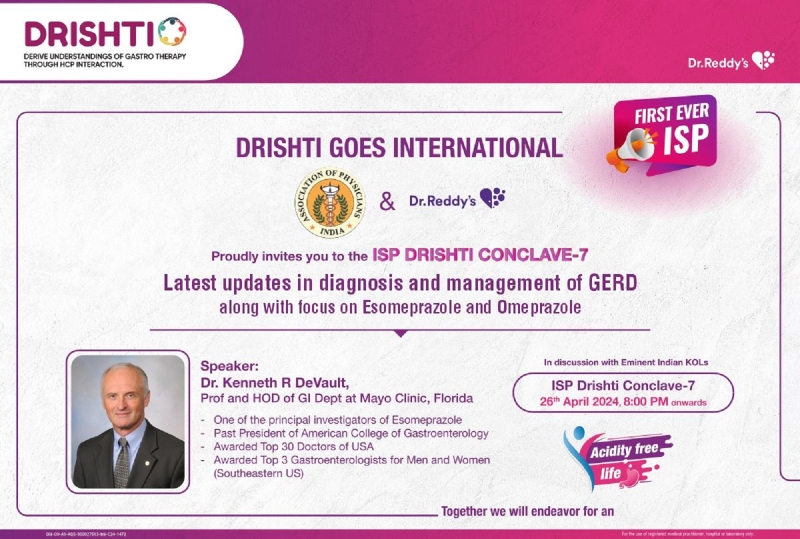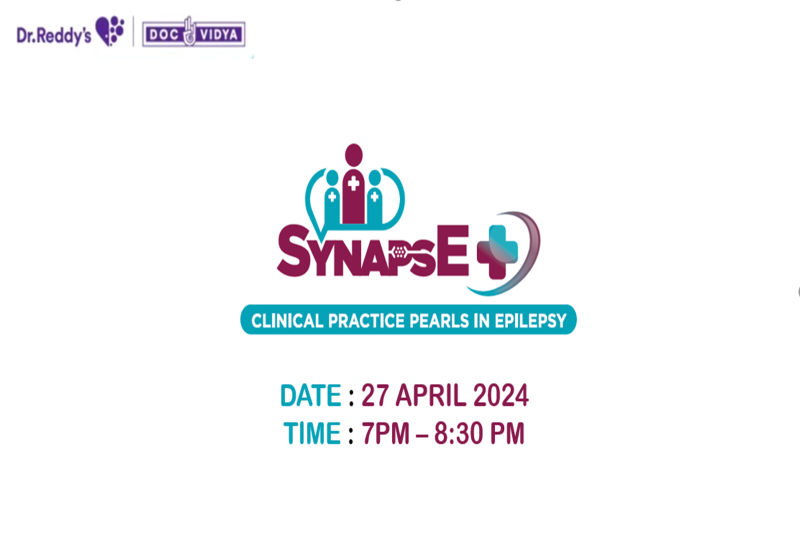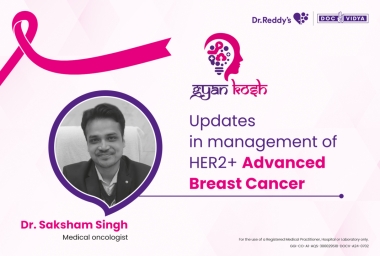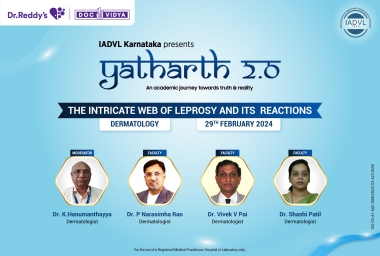
Effect of early vitamin D supplementation on the occurrence of preeclampsia in primigravid women
A recent study found that administration of a monthly dose (60,000 IU) of vitamin D supplementation during the early stages of pregnancy demonstrated a notable decrease in the occurrence of preeclampsia. The study results were published in the journal, BMC pregnancy and childbirth.
This randomised clinical trial included 1300 primigravid women (median maternal age: 21 years; the median gestational age: 15 weeks) who were randomly assigned in a 1:1 ratio to either the supplemented (A) or control (B) group. Pregnant women in group A received a monthly dose of cholecalciferol (60,000 IU) orally for 6 months during antenatal care, while the control group (B) did not receive any vitamin D supplementation or placebo. Serum 25(OH)D levels were checked at the beginning and at 34 weeks of gestation, with outcomes assessed monthly until delivery.
In the intervention group, there was a significant decrease in the risk of preeclampsia (RR = 0.36) and preterm delivery (RR = 0.5). Moreover, an RR of 0.43 was identified for low birth weight and the RR for caesarean section was 0.63. The supplemented group demonstrated significantly higher APGAR scores at the 5th minute and a larger size of newborns.
The above results demonstrate that a single monthly dosage of vitamin D supplementation in early pregnancy had a substantial impact on lowering the occurrence of preeclampsia, as well as mitigating the associated complications experienced by both the mother and the fetus.

Effect of early vitamin D supplementation on the occurrence of preeclampsia in primigravid women
A recent study found that administration of a monthly dose (60,000 IU) of vitamin D supplementation during the early stages of pregnancy demonstrated a notable decrease in the occurrence of preeclampsia. The study results were published in the journal, BMC pregnancy and childbirth.
This randomised clinical trial included 1300 primigravid women (median maternal age: 21 years; the median gestational age: 15 weeks) who were randomly assigned in a 1:1 ratio to either the supplemented (A) or control (B) group. Pregnant women in group A received a monthly dose of cholecalciferol (60,000 IU) orally for 6 months during antenatal care, while the control group (B) did not receive any vitamin D supplementation or placebo. Serum 25(OH)D levels were checked at the beginning and at 34 weeks of gestation, with outcomes assessed monthly until delivery.
In the intervention group, there was a significant decrease in the risk of preeclampsia (RR = 0.36) and preterm delivery (RR = 0.5). Moreover, an RR of 0.43 was identified for low birth weight and the RR for caesarean section was 0.63. The supplemented group demonstrated significantly higher APGAR scores at the 5th minute and a larger size of newborns.
The above results demonstrate that a single monthly dosage of vitamin D supplementation in early pregnancy had a substantial impact on lowering the occurrence of preeclampsia, as well as mitigating the associated complications experienced by both the mother and the fetus.

Effect of early vitamin D supplementation on the occurrence of preeclampsia in primigravid women
A recent study found that administration of a monthly dose (60,000 IU) of vitamin D supplementation during the early stages of pregnancy demonstrated a notable decrease in the occurrence of preeclampsia. The study results were published in the journal, BMC pregnancy and childbirth.
This randomised clinical trial included 1300 primigravid women (median maternal age: 21 years; the median gestational age: 15 weeks) who were randomly assigned in a 1:1 ratio to either the supplemented (A) or control (B) group. Pregnant women in group A received a monthly dose of cholecalciferol (60,000 IU) orally for 6 months during antenatal care, while the control group (B) did not receive any vitamin D supplementation or placebo. Serum 25(OH)D levels were checked at the beginning and at 34 weeks of gestation, with outcomes assessed monthly until delivery.
In the intervention group, there was a significant decrease in the risk of preeclampsia (RR = 0.36) and preterm delivery (RR = 0.5). Moreover, an RR of 0.43 was identified for low birth weight and the RR for caesarean section was 0.63. The supplemented group demonstrated significantly higher APGAR scores at the 5th minute and a larger size of newborns.
The above results demonstrate that a single monthly dosage of vitamin D supplementation in early pregnancy had a substantial impact on lowering the occurrence of preeclampsia, as well as mitigating the associated complications experienced by both the mother and the fetus.









































































